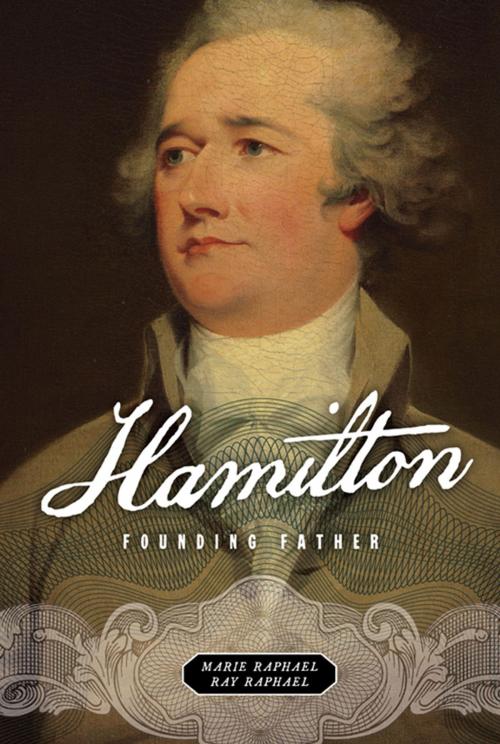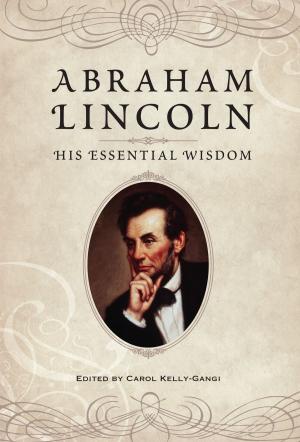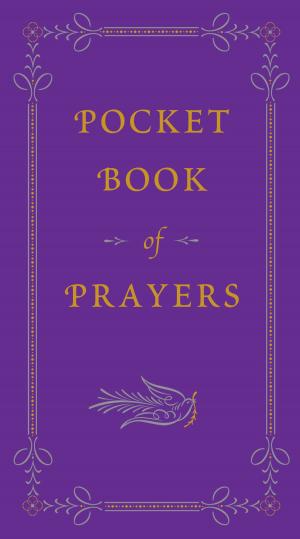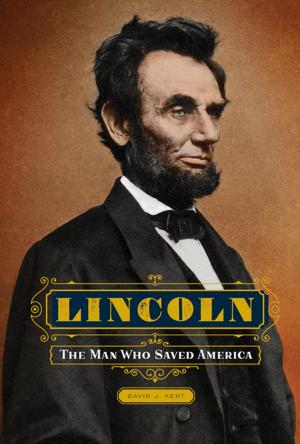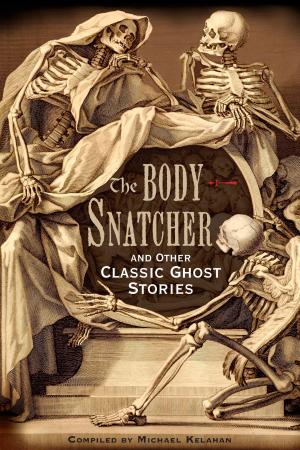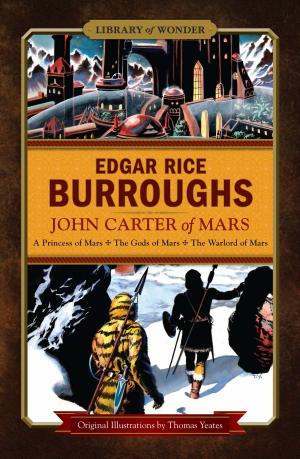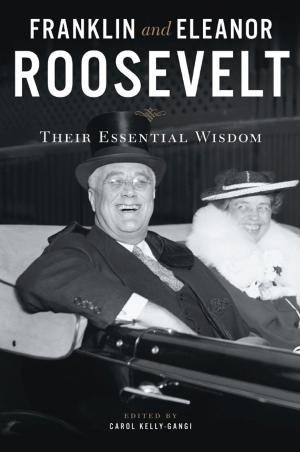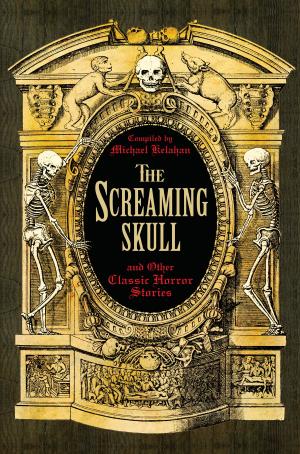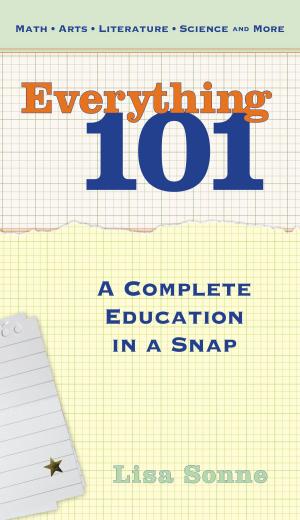| Author: | Marie Raphael, Ray Raphael | ISBN: | 9781435165380 |
| Publisher: | Fall River Press | Publication: | July 31, 2017 |
| Imprint: | Fall River Press | Language: | English |
| Author: | Marie Raphael, Ray Raphael |
| ISBN: | 9781435165380 |
| Publisher: | Fall River Press |
| Publication: | July 31, 2017 |
| Imprint: | Fall River Press |
| Language: | English |
“Those who stand for nothing fall for anything.”
—Alexander Hamilton
An illegitimate child, born in the Caribbean, who arrived in America as a near-penniless teenager, Alexander Hamilton did not seem to have much in common with the rest of the Founding Fathers. But the audacious young immigrant quickly proved himself in the cauldron of revolutionary fervor gripping the colonies in the 1770s. After proving himself in the Revolution as an artillery officer and aide to George Washington, Hamilton became one of the foremost architects of the new United States of America. He wrote many of the Federalist Papers, established the first national bank, and became first Secretary of the Treasury before losing his life in a duel.
In Hamilton, veteran historians Marie Raphael and Ray Raphael (The Spirit of ’73: How the American Revolution Began) explain how Hamilton’s strong personality, quicksilver intellect, and taste for combat played into the contentious arguments over what kind of country the young republic would become. The debate between Thomas Jefferson’s decentralized approach to democracy and Hamilton’s belief in a strong federal government is still being argued today.
Vividly written and fully illustrated, including many colorful and rarely seen pieces of art, Hamilton is a powerful testament to one of the most illustrious figures of American history.
“Those who stand for nothing fall for anything.”
—Alexander Hamilton
An illegitimate child, born in the Caribbean, who arrived in America as a near-penniless teenager, Alexander Hamilton did not seem to have much in common with the rest of the Founding Fathers. But the audacious young immigrant quickly proved himself in the cauldron of revolutionary fervor gripping the colonies in the 1770s. After proving himself in the Revolution as an artillery officer and aide to George Washington, Hamilton became one of the foremost architects of the new United States of America. He wrote many of the Federalist Papers, established the first national bank, and became first Secretary of the Treasury before losing his life in a duel.
In Hamilton, veteran historians Marie Raphael and Ray Raphael (The Spirit of ’73: How the American Revolution Began) explain how Hamilton’s strong personality, quicksilver intellect, and taste for combat played into the contentious arguments over what kind of country the young republic would become. The debate between Thomas Jefferson’s decentralized approach to democracy and Hamilton’s belief in a strong federal government is still being argued today.
Vividly written and fully illustrated, including many colorful and rarely seen pieces of art, Hamilton is a powerful testament to one of the most illustrious figures of American history.
